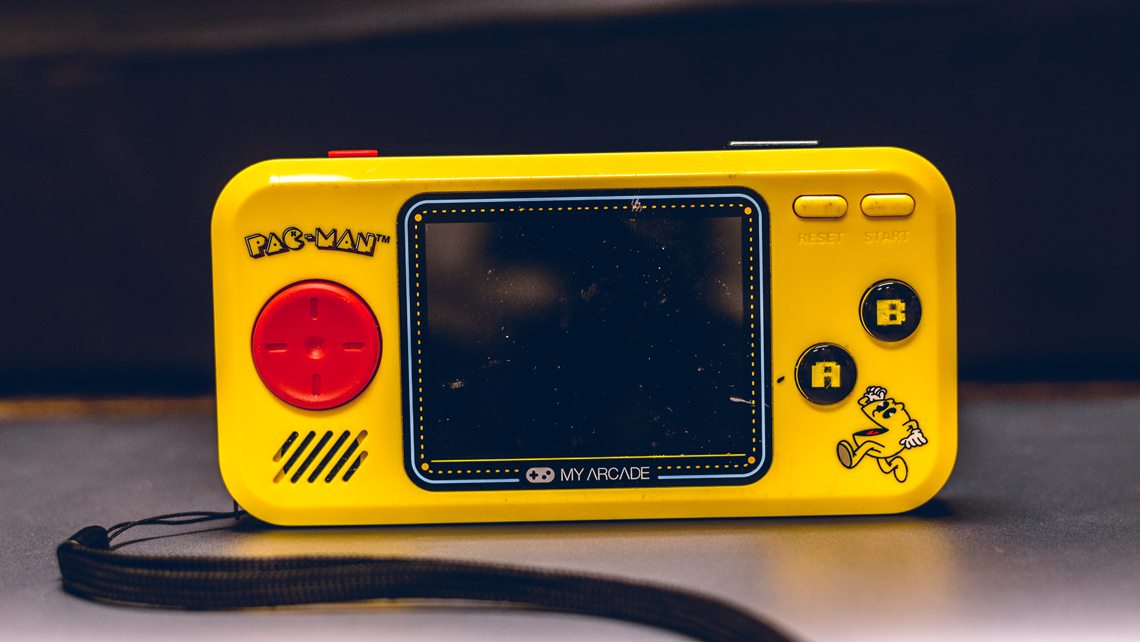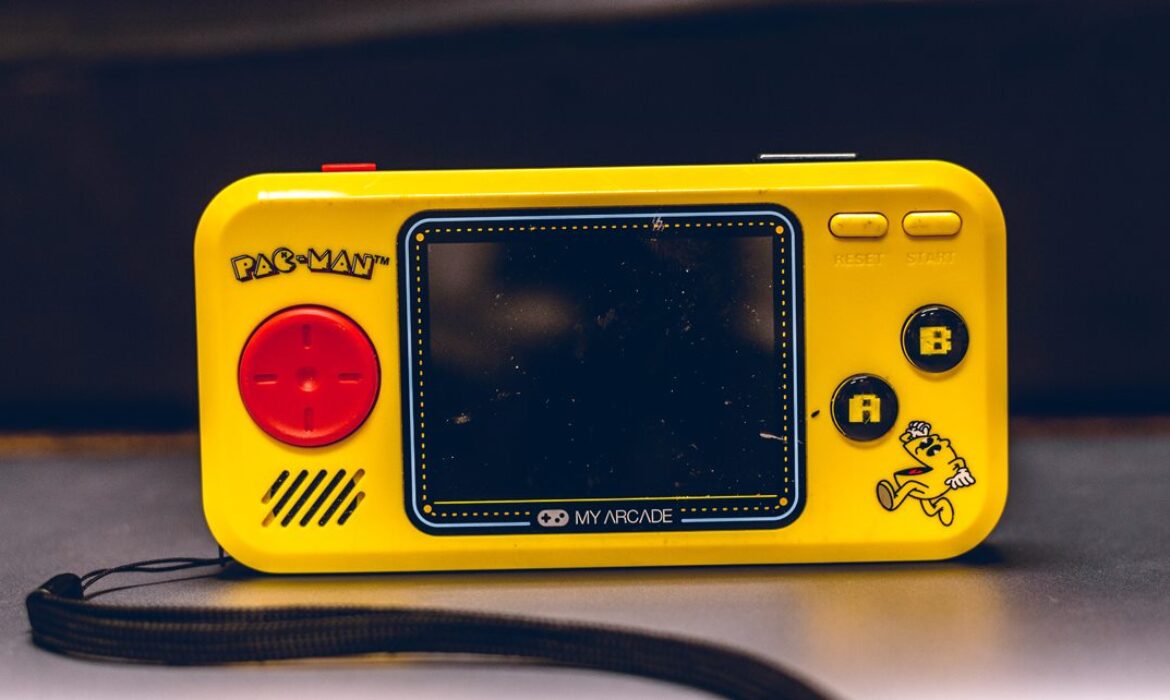
With telecommunications services (telcos for short) attaining commodity status and intrinsic loyalty depleting at alarming rates, there is a felt need for telcos to reinvent themselves and stay relevant in the minds of customers. Telcos across the globe—small or large, market leaders or challengers—face similar concerns of losing customer mindshare alongside wallet share. But they are well aware of the problem and are trying different means to address it by investing, for example, in customer data platforms, enterprise marketing management suites or real-time interaction managers, all rooted in personalization.
The “what, when and how” are essential ingredients of personalization. With continued investments in analytics and sustained leverage of machine learning (ML), modern telcos have achieved commendable success in deciding what best to offer (or not offer) to their customers based on their past behaviors and present context. Riding on sophisticated models that deduce the best time to intervene, taking into consideration user preferences, current context and macro influences, the “when” part is fairly addressed.
However, when it comes to the mechanics used to realize the full potential of personalization, telcos tend to lag behind considerably. Often, we are left with dull text messages or pop-ups with boring calls to action and highly predictable post-purchase notifications. There is no excitement left in making a purchase! This is when gamification can help solve this piece of the customer engagement puzzle and make everyday interactions more enjoyable.
What is gamification?
Back in 2002, Nick Pelling defined gamification as “applying game-like accelerated user interface design to make electronic transactions both enjoyable and fast.” In contemporary business terms, it is the application of game mechanics to nongame environments to motivate people, keep them engaged and instill desired behavior.
How can telcos leverage gamification?
Putting customers at the center of business operations and personalization as a major driver of customer satisfaction, telcos should look at gamification from the customer’s side, not the enterprise side. The question is not, “How do I use gamification to sell better?” Rather, it should be “How does gamification help me make my customer experiences better, more engaging, more meaningful and more rewarding?”
Riding on the learnings from how other verticals, including retail, have leveraged gamification, telcos should open up and consider broader adoption outside of just loyalty. They need to use it effectively for the following.
- Information Seeking: Zero-party data is information that a customer intentionally and often proactively shares with an enterprise. Instead of asking users to fill in their details in a form, telcos may partner with fantasy gaming portals and offer them a pass to a “treasure hunt” game in which they get to unlock various tools in return for their information. From the immense data that a telco possesses, they know when Tom is free and possibly growing impatient in a slow-moving taxi (from location, maps and browsing activity), and at that point in time, if he is offered something interesting, there is a high chance he will engage with it, yielding a win-win situation.
- Ego Stimulation: Everyone likes recognition, and perhaps no one likes losing it. In response to Alice’s sixth consecutive on-time payment, instead of sending her a routine “Thank You” message, a telco can easily send her an animated digital greeting that emphasizes how valuable she is. Or what if there is also an embedded “spin the bottle” game with humorous rewards?
Yet again, personalization holds the key. Whereas luck-based games like scratch cards or dice rolls appeal to some, knowledge-based games like guessing the image or predicting what is next interest others. And skill-based games like puzzles or spot the differences might attract someone else. Investing in easily embeddable games with leaderboards, badges and other means of recognition could help telcos keep customers engaged.
- Delighting Customers: Information is addictive. Telcos can offer gamified anonymized insights such as the number of people with similar interests within five miles or the top 10 game leaders in the user’s area. Although this may sound irrelevant to certain people, there is certainly a large pool out there who like to keep track of such stats.
Why should telcos embrace the change?
Given the abundance of behavioral data they have at their disposal, telcos may also use gamification to empathize with the customer. If Bob was streaming late-night soccer finals and he quit at a point that happens to be at the brink of when a good number of other streamers quit, ML can easily predict that was perhaps the repercussion from a low moment in the match during which many desperate fans logged off. In response, it may send a quote or inspirational digital greeting to Bob highlighting instances in which his team has bounced back hard.
About a decade ago, some of this might have sounded like a fanciful tale or wishful thinking. But given contemporary advances in data processing capabilities at scale, the maturity of AI and ML and a greater focus on personalization, some of these scenarios are easily within telcos’ reach.
Telcos should stay up to date with their personalization efforts and consider expanding their budget allocation for gamification to strengthen any weak links in the customer experience. Gamification, when applied the right way across all stages of the customer life cycle, can help telcos regain lost mindshare while also making day-to-day otherwise mundane interactions and experiences more engaging and interesting.
This article was originally published on Forbes.


